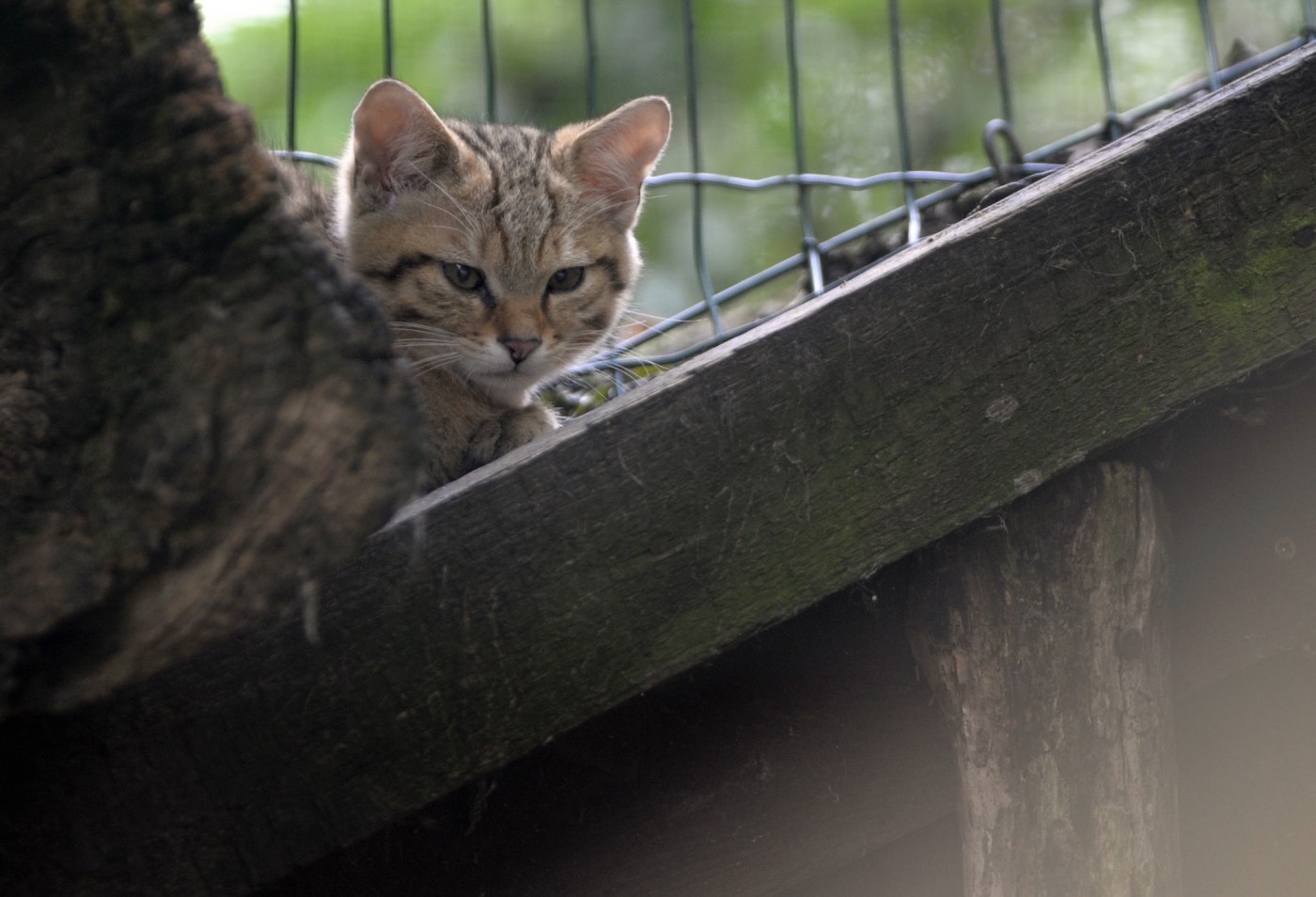Wildcats reconquer Dutch forests
Rewilding of woodlands has encouraged the return of the long-lost feline

Wildcats have been spotted in the Netherlands for the first time in several centuries.
“The return of the animal, with its distinctive round-tipped and black-ringed tail, is a sign of the rewilding of forests in the southern Dutch region of Limburg,” says The Guardian. Wildcats disappeared from the area in the middle ages, due to hunting and forest clearance.
Hettie Meertens, a biologist who works for the ARK conservation group, said the cats would benefit from changing forest management, which now favours nature over wood harvesting. This leads to wilder forests, with fallen trees and hollow spaces that offer wildcats places to rest.
The Week
Escape your echo chamber. Get the facts behind the news, plus analysis from multiple perspectives.

Sign up for The Week's Free Newsletters
From our morning news briefing to a weekly Good News Newsletter, get the best of The Week delivered directly to your inbox.
From our morning news briefing to a weekly Good News Newsletter, get the best of The Week delivered directly to your inbox.
Conservationists have also been encouraging farmers to plant “cat-kind” hedges in their fields to provide habitat for voles, the wildcats’ natural prey.
“The population is small but it is increasing,” said Meertens, and conservationists are confident that they will soon be seen over a much wider area.
ARK plans to count the number of wildcats next year. This task will involve smearing valerian oil, a scent that attracts the cats, on to the branches of trees to encourage them to linger under the lenses of cameras.
The wildcat was once endemic across Eurasia and Africa, says Nature World News. It has longer legs and a flatter head than its domestic cousin.
A free daily email with the biggest news stories of the day – and the best features from TheWeek.com
It has been extinct in England for more than 200 years, and although “a population of about 300 wildcats remains in Scotland”, says the BBC, “it has been called ‘functionally extinct’ due to interbreeding with domestic cats”.
A wildlife charity, the Wildwood Trust, is hoping to re-establish the species in the UK within the next few years.
-
 How Bulgaria’s government fell amid mass protests
How Bulgaria’s government fell amid mass protestsThe Explainer The country’s prime minister resigned as part of the fallout
-
 In Suriname, the spectre of Dutch slave trade lingers
In Suriname, the spectre of Dutch slave trade lingersUnder the Radar Dutch royal family visit, the first to the South American former colony in nearly 50 years, spotlights role of the Netherlands in transatlantic trade
-
 Femicide: Italy’s newest crime
Femicide: Italy’s newest crimeThe Explainer Landmark law to criminalise murder of a woman as an ‘act of hatred’ or ‘subjugation’ but critics say Italy is still deeply patriarchal
-
 Brazil’s Bolsonaro behind bars after appeals run out
Brazil’s Bolsonaro behind bars after appeals run outSpeed Read He will serve 27 years in prison
-
 Americans traveling abroad face renewed criticism in the Trump era
Americans traveling abroad face renewed criticism in the Trump eraThe Explainer Some of Trump’s behavior has Americans being questioned
-
 Rob Jetten: the centrist millennial set to be the Netherlands’ next prime minister
Rob Jetten: the centrist millennial set to be the Netherlands’ next prime ministerIn the Spotlight Jetten will also be the country’s first gay leader
-
 Nigeria confused by Trump invasion threat
Nigeria confused by Trump invasion threatSpeed Read Trump has claimed the country is persecuting Christians
-
 Sanae Takaichi: Japan’s Iron Lady set to be the country’s first woman prime minister
Sanae Takaichi: Japan’s Iron Lady set to be the country’s first woman prime ministerIn the Spotlight Takaichi is a member of Japan’s conservative, nationalist Liberal Democratic Party


